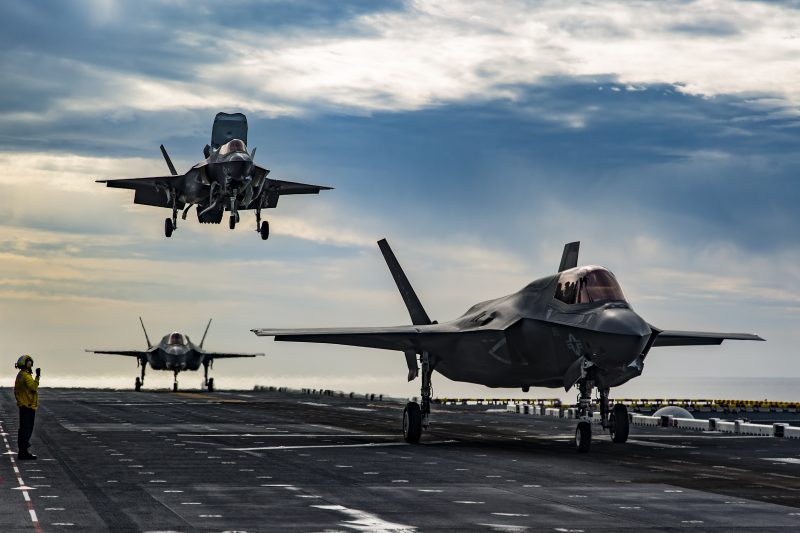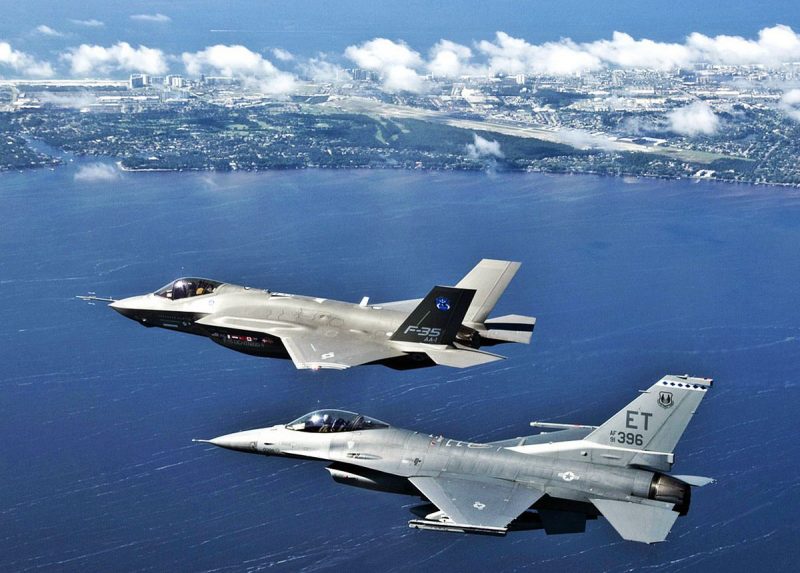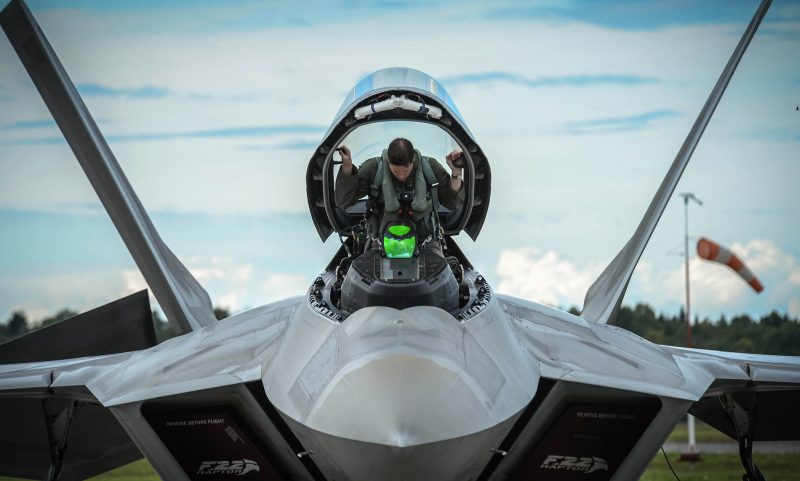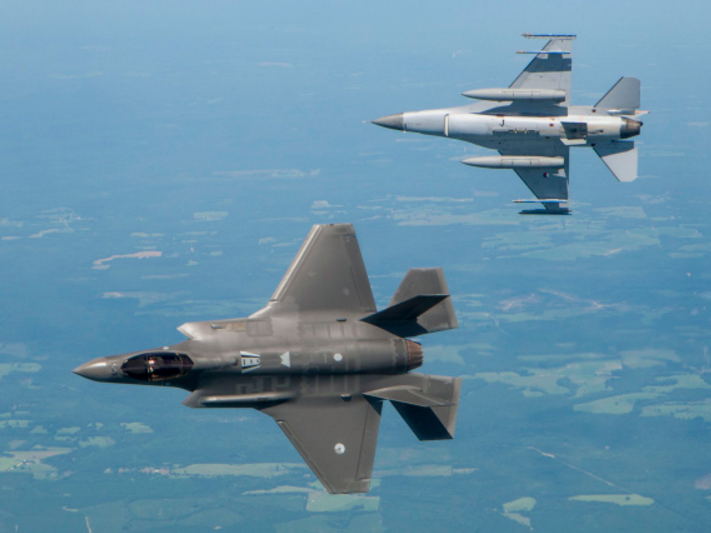Since 2001, Lockheed Martin and US military planners have been putting together the F-35, a new aircraft that promises to revolutionize aerial combat so thoroughly as to leave it unrecognizable to the general public.
Detractors of the F-35 Joint Strike Fighter have long criticized the program as taking too long and costing too much, though overruns commonly occur when developing massive, first-in-class projects like the F-35.
But perhaps the most damning criticism of the F-35 came from a 2015 assessment that F-16s, first fielded in the 1970s, had handily defeated a group of F-35s in mock dogfight tests.
According to Lt. Col. David “Chip” Berke, the only US Marine to fly both the F-22 and the F-35, the public has a lot of learning to do when assessing a jet’s capability in warfare.
“The whole concept of dogfighting is so misunderstood and taken out of context,” Berke said in an interview with Business Insider. “We need to do a better job teaching the public how to assess a jet’s capability in warfare.”
"There is some idea that when we talk about dogfighting it's one airplane's ability to get another airplane's 6 and shoot it with a gun ... That hasn't happened with American planes in maybe 40 years," Berke said.
"Everybody that's flown a fighter in the last 25 years - we all watched 'Top Gun,'" said Berke, referring to the 1986 film in which US Navy pilots take on Russian-made MiGs.

But planes don't fight like that anymore, and comparing different planes' statistics on paper and trying to calculate or simulate which plane can get behind the other is "kind of an arcane way of looking at it," Berke said.
Unlike older planes immortalized in films, the F-35 doesn't need to face its adversary to destroy it. The F-35 is designed to be able to fire "off boresight," virtually eliminating the need to jockey for position behind an enemy.
The F-35 is also designed take out a plane miles beyond visual range. It is designed to pass targeting information to another platform, like a drone or a US Navy destroyer, and down a target without even firing a shot.
While US Air Force pilots do train for classic, World War II-era dogfights, and while the F-35 holds its own and can maneuver just as well as fourth-generation planes, dogfights just aren't that important anymore.
Berke said dogfighting would teach pilots "great skill sets" but conflict within visual range "doesn't always mean a turning fight within 100 feet of the other guy maneuvering for each other's 6 o'clock." Berke also made an important distinction that conflicts within visual range do not always become dogfights.
Also, "within visual range" is a tricky term.

"You could not see a guy who's a mile away, or you could see a guy at 15 miles if you got lucky," Berke said, adding that with today's all-aspect weapons systems, a plane can "be effective in a visual fight from offensive, defensive, and neutral positions."
"We need to stop judging a fighter's ability based on wing loading and Gs," Berke said of analysts who prize specifications on paper over pilots' insights.
Furthermore, Berke, who has several thousand flying hours in four different airplanes, both fourth and fifth generation, stressed that pilots train to negate or avoid conflicts within visual range - and he said no plane did that better than the F-35.
Even in the F-22 Raptor, the world's most lethal combat plane in within-visual-range conflicts and beyond, Berke said he'd avoid a close-up fight.
"Just because I knew I could outmaneuver an enemy, my objective wouldn't be to get in a turning fight and kill him," Berke said.

Though it might be news to fans of "Top Gun" and the gritty, "Star Wars"-style air-to-air combat depicted in TV and films, the idea of a "dogfight" long ago faded from relevance in the world of aerial combat.
A newer, less sexy term has risen to take its place: situational awareness. And the F-35 has it in spades.

